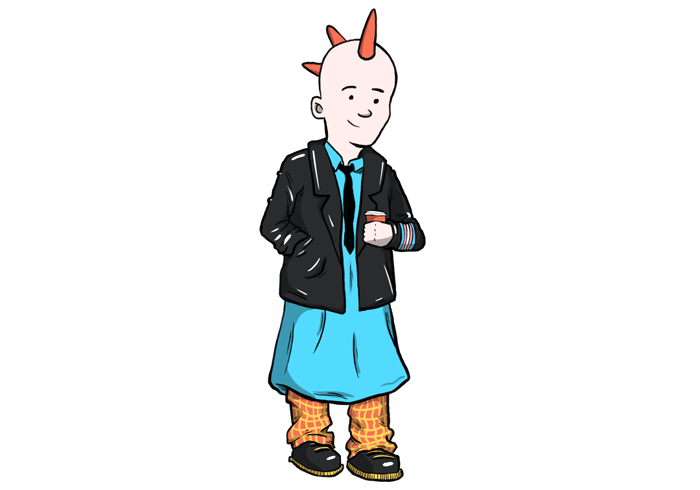Equality education

The goal of equality education is to create opportunities for all children to develop on their own terms, cultivate their abilities, and live responsibly in a free society with understanding, peace, tolerance, open-mindedness, and equality. In schools, all staff, children, and their families should actively participate in creating a community of equality and justice.
- Equality education critically examines societal ideas and institutions to teach children and young people to identify situations that lead to discrimination or privilege. Equality education refers to teaching content, learning methods, and the learning environment.
- Equality is an umbrella term covering many aspects. Including: Age, disability, gender, sexual orientation, gender expression, gender identity, color, philosophical views, physical attributes, culture, class, political views, religion, non-belief, language, origin, lineage, nationality. All education levels should provide equality education discussing how these factors can create discrimination or privilege in people's lives.
- The Act on Equal Status and Equal Rights Irrespective of Gender requires age-appropriate equality and gender education at all school levels, teaching about gender stereotypes, gendered educational and career choices, and issues affecting disabled people and LGBT+ people. All teaching and learning materials must avoid gender discrimination.
- It is important that all schooling—including lessons and interactions—be guided by equality law provisions. It's important to highlight that many face multiple discrimination when factors intersect, such as gender and disability, sexual orientation and nationality, or age and residence. Schools should use knowledge from new fields like gender studies, LGBT+ studies, multicultural studies, and disability studies.
- Equality education includes learning about gender and sexual orientation. It also emphasizes learning about culture, nationality, language, religion, and philosophical views.
- One of the topics is Iceland's development as a multicultural society. Equality education promotes a social understanding of disability. This recognizes that challenges for disabled people stem from the environment as much as individual impairments. Schools should welcome everyone as they are, prioritizing the welfare and active participation of all.
- It's necessary to examine unequal access to social goods based on class, residence, and financial means. This includes impacts on health, education and job opportunities, and access to positions of power in society